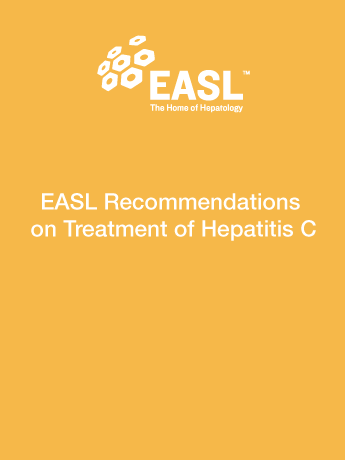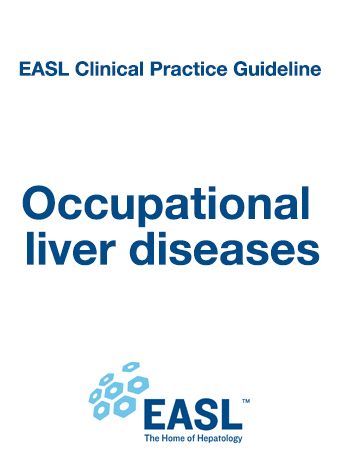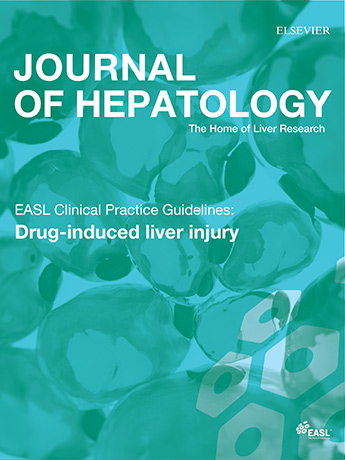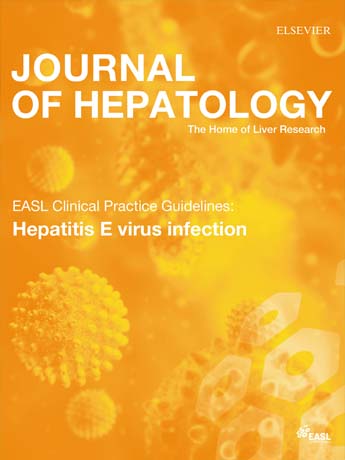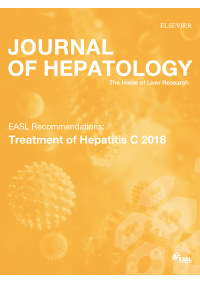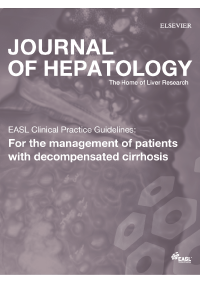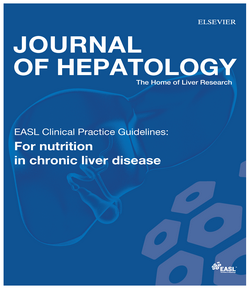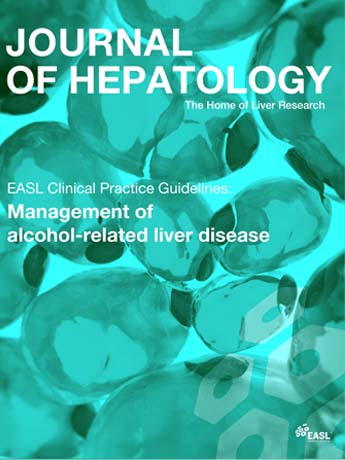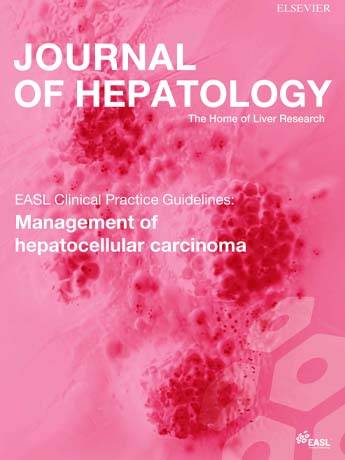EASL’s Clinical Practice Guidelines assist physicians, healthcare providers, patients and other interested parties in the clinical decision-making process. The EASL Guidelines present a range of state-of-the-art approaches for the diagnosis and treatment of liver diseases.
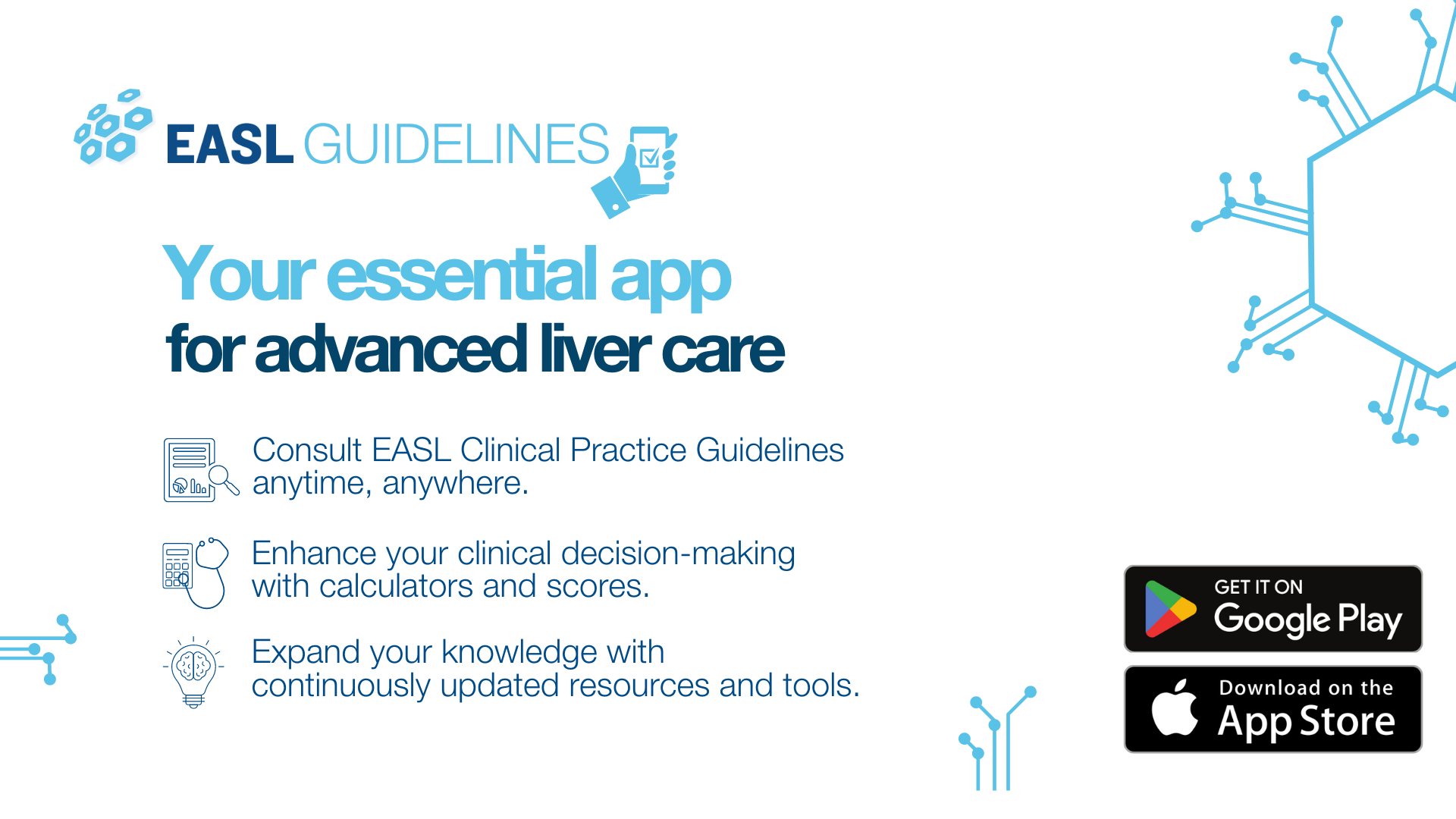
Non-invasive tests are increasingly being used to improve thediagnosis and prognostication of chronic liver diseases across aetiologies. Herein, we provide the latest update to the EASL Clinical Practice Guidelines on the use of non-invasive tests for the evaluation of liver disease severity and prognosis, focusing on the topics for which relevant evidence has been published in the last 5 years.
Read MoreThis final update of the EASL Recommendations on Treatment of Hepatitis C series is intended to assist physicians and other healthcare providers, as well as patients and other interested individuals, in the clinical decision-making process, by describing the current optimal management of patients with acute and chronic HCV infections.
Read MoreSummary A variety of chemicals have been linked to occupational liver diseases, including several solvents and mixtures thereof, pesticides, and metals. Workplace exposures have been associated with virtually the entire spectrum of acute and chronic liver diseases. However, their prevalence is inadequately quantified and their epidemiology limited. Occupational liver diseases may result from high accidental…
Read MoreThe focus of this EASL Guideline is idiosyncratic Drug-Induced Liver Injury (DILI). However, it is important to recognise that DILI is traditionally classified as intrinsic (or direct) vs. idiosyncratic. Intrinsic DILI is typically dose-related and occurs in a large proportion of individuals exposed to the drug (predictable) and onset is within a short time span (hours to days). Idiosyncratic DILI is usually not dose-related. Although a dose threshold of 50–100 mg/day is usually required. It occurs in only a small proportion of exposed individuals (unpredictable) and exhibits a variable latency to onset of days to weeks.
Read MoreHepatitis E Virus Infection (HEV) is a significant cause of morbidity and mortality, representing an important global health problem. Our understanding of HEV has changed completely over the past decade. Previously, the common thought was that HEV was limited to certain developing countries. We now know that HEV is endemic in most high-income countries and is largely a zoonotic infection. The focus of this Clinical Practice Guideline will be on HEV genotype 3 (and 4). This is due to the paradigm shift in our understanding of zoonotic HEV. And also because locally acquired HEV is now the commonest cause of acute viral hepatitis in many European countries.
Read MoreHepatitis C virus (HCV) infection is a major cause of chronic liver disease. As a result, worldwide there are approximately 71 million chronically infected individuals. Clinical care for patients with HCV-related liver disease is advancing considerably. Most importantly thanks to an enhanced understanding of the pathophysiology of the disease. And also because of developments in diagnostic procedures and improvements in therapy and prevention. EASL Recommendations on Treatment of Hepatitis C describe the optimal management of patients with acute and chronic HCV infections in 2018 and onwards.
Read MoreEASL Guideline on Management of Decompensated Cirrhosis. The natural history of cirrhosis is characterized by an asymptomatic compensated phase followed by a decompensated phase, marked by the development of overt clinical signs, the most frequent of which are ascites, bleeding, encephalopathy, and jaundice. The following Clinical Practice Guidelines (CPGs) represent the first Guideline on the Management of Decompensated Cirrhosis.
Read MoreThese EASL Guidelines for Clinical Practice review the present knowledge in the field of Nutrition in Chronic Liver Disease and promote further research on this topic. Screening, assessment and principles of nutritional management are examined, with recommendations provided in specific settings such as hepatic encephalopathy, cirrhotic patients with bone disease, patients undergoing liver surgery or transplantation and critically ill cirrhotic patients.
Read MoreThe harmful use of alcohol has been estimated to cause approximately 3.3 million deaths every year. Most importantly, this corresponds to nearly 6% of all deaths globally. Therefore, the effective treatment and Management of Alcohol-Related Liver Disease is a pertinent public health issue. In conclusion, the following EASL Clinical Practice Guideline reviews and provides the latest data on the treatment and Management of Alcohol-Related Liver Disease and updates recommendations for clinical management.
Read MoreLiver cancer is the fifth most common cancer and the second most frequent cause of cancer-related death globally. Hepato-cellular carcinoma represents about 90% of primary liver cancers and constitutes a major global health problem. The following Clinical Practice Guidelines will give up-to-date advice for the clinical management of patients with hepatocellular carcinoma, as well as providing an in-depth review of all the relevant data leading to the conclusions herein.
Read MoreThe first EASL Clinical Practice Guideline on treatment of hepatitis C was published in 1999. Since then, more than 30 EASL Guidelines on various liver diseases have been published. The EASL CPGs are extremely popular in Europe and beyond. Most importantly, they are a global reference for the current state-of-the-art on diagnosis and management of liver diseases. As consequence, the EASL Guidelines have been widely distributed. And not only by open-access publication in the Journal of Hepatology but also on the EASL website. Finally, for some EASL CPGs, dissemination of knowledge into derivatives of the guidelines (e.g. patient versions).
The Success of the EASL Clinical Practice Guidelines
One possible reason for the success of our guidelines is the streamlined process. This has allowed for a fast response and timely publication of clinical recommendations when there are new developments in a field. This was especially relevant for chronic HCV infection. The rapid development of treatment regimens has prompted the EASL Governing Board to commission regular updates of ‘‘HCV treatment recommendations”on an almost yearly basis since 2014. In 2019, EASL launched The first guideline for hepatitis B. Updated versions for the EASL guidelines for Hepatitis B followed in 2012 and 2017.
EASL acknowledgements
This responsive process of CPG development in almost all areas of hepatology has only been made possible by the commitment of a small team of 5–8 world-leading experts (the ‘‘CPG panel”) and the meticulous evaluation of the CPGs by three independent experts (at least one from outside Europe), as well as the EASL Governing Board. EASL is very grateful for the continuous and outstanding support provided by these experts from our community.



